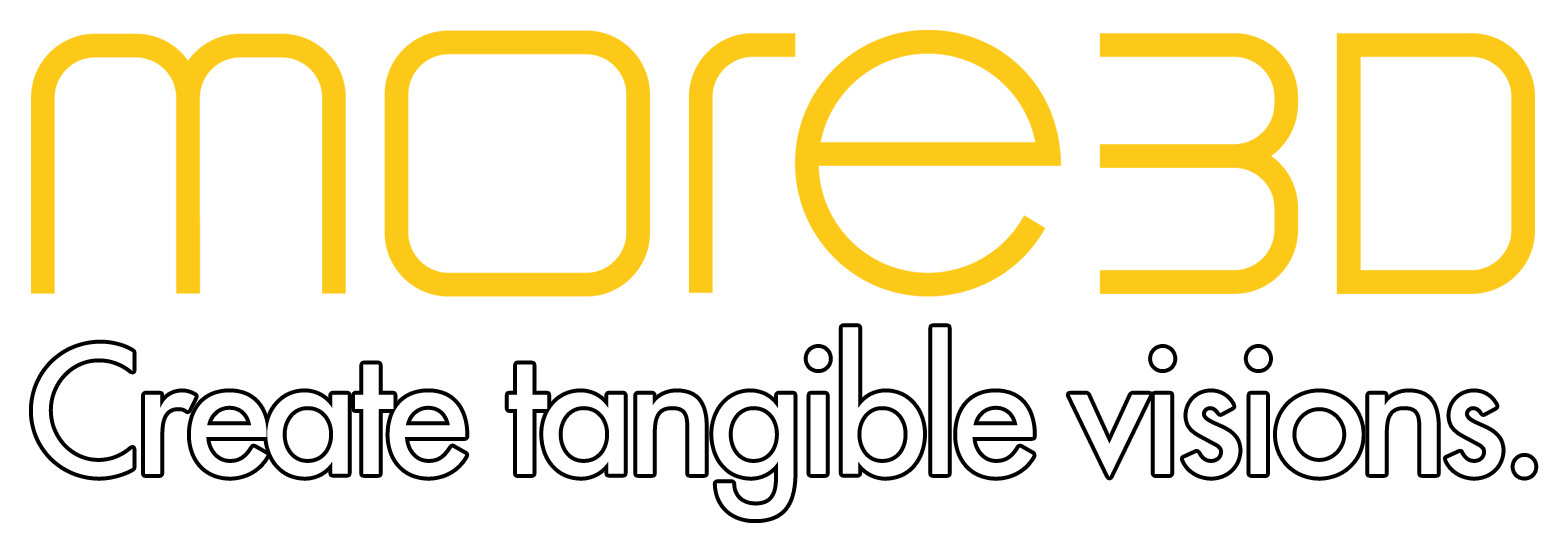What is virtual reality learning?
Virtual reality, or VR, is taking off in education with an increasing number of schools adopting the technology.
VR allows students to experience destinations from across the world without ever having to leave the classroom. Imagine students being able to explore the pyramids of giza whilst sat at their desks. This is what virtual reality education allows.
Virtual reality can improve education by providing students with memorable and immersive experiences that would otherwise not be possible. What’s more, it can all take place within the classroom.
VR is accessible to every student and can be easily monitored by teachers. Virtual experiences have the power to engage and inspire students in a unique and powerful way.
How can virtual reality help students?
There are so many ways in which virtual reality can help students but the main points are below:
1. Students learn better through experience
VR provides students an opportunity to learn through experience, in contrast to the traditional methods of reading and writing.
2. VR has the ability to inspire
Being able to see and experience extraordinary locations within the classroom is completely unique to VR and it is inspirational to students.
3. VR sparks the imagination and encourages creative thinking
The immersive experience that VR provides is unparalleled in teaching. Students are “transported” out of the classroom and their imagination is allowed to flourish.
4. VR in education promotes peer interaction
Throughout the VR experience, students are encouraged to interact with each other. Afterwards, they are eager to share their thoughts and discuss their experiences.
5. VR engages students
Many students get bored with classic teaching methods. The modern technology of VR gets students’ attention like nothing else. We find that students instantly want to try out the VR.
6. VR provides realistic travel experiences
Using VR, schools can provide students with travel experiences that would not be possible or practical. Schools can save time and money whilst providing students with incredible experiences.
7. VR in the classroom is inclusive
With VR, every student gets the same opportunity to enjoy the experience. Unlike traditional school trips that can be too expensive for parents or too impractical for their children, VR is for all students.
8. VR offers memorable educational experiences
Long after the VR has finished, students remember the experience and they are eager to reflect on it in future lessons.
Implementing VR in the classroom
There are two main ways in which VR is implemented in the classroom: VR headsets, and immersive classrooms.
What is an immersive classroom?
One of the most common and effective ways of utilising VR in education is via virtual reality classrooms, or immersive classrooms.
An immersive classroom is a teaching room in which images are projected onto the internal walls of the room. This creates a virtual environment within the classroom.
Students can be “transported” to a different place, without having to leave the classroom. Without the need for VR headsets, students can enjoy the experience together, and are encouraged to interact with each other.
Unlike VR headsets which some students can find difficult or uncomfortable to use, immersive classrooms are suitable for all students. The pupils are able to enjoy the VR content in a more familiar environment.

VR headsets in the classroom
VR headsets are a common, practical way of implementing VR in the classroom. With minimal cost, equipment, and space needed, an increasing number of schools are turning to VR headsets.
For a classroom of 30 students, typically up to 15 headsets are required. Teachers are taught how to use the headsets before implementing them into a lesson.
The main benefit of VR headsets is the level of immersion they provide. Although they can be a little more tricky to use than immersive classrooms, they provide an incredibly realistic experience. An experience that students aren’t likely to forget in a hurry.
